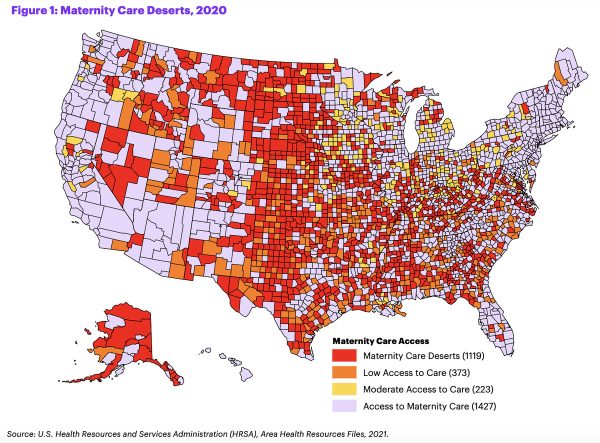The Ugly Truth behind Qatar’s 2022 World Cup

As millions gather to watch the thirty-two teams competing at this year’s World Cup, it’s imperative that migrant workers who made the event possible are recognized for the impossibly difficult labor they endured for years prior. Controversy quickly arose when allegations of human rights violations in Qatar became increasingly more frequent, the severity of such ranging from long work hours to even dangerous, lethal conditions. An estimated death toll of migrants who died due to World Cup related causes has risen to 6,500, and while not yet confirmed, a Qatar World Cup Chief announced that at least 400-600 workers have died on the job (or from work related causes). As global human rights organizations highlight the alarming mistreatment of migrant workers, the question has arisen as to what should be done for those directly impacted and how future World Cup games should be handled, along with which parties should be held accountable.
The Qatari government has a multitude of controversies that extend far beyond the World Cup. For instance, some aspects of homosexuality are criminalized by the country’s government (such as sexual activity), a Qatar ambassador of the World Cup further affirming the country’s stance when exclaiming in a recent interview that homosexuality is “damage to the mind.” There are plenty more examples to name, but all beg the same question as to why FIFA would select the country to host the 2022 games in the first place. The former head of the organization, Sepp Blatter, recently announced his regret that Qatar was chosen back in 2010, citing reasons such as the small size of the country and a compensation fund being demanded for affected families of late migrant workers. Blatter and a dozen other FIFA officials who were involved in choosing the country have since been banned from the organization and accused of corruption, or of accepting bribes. Though the allegations have been heavily denied by all involved, it remains suspiciously unclear how exactly Qatar was chosen to be this year’s hosting country.
95% of Qatar’s workforce is made up of migrant workers. In the years preceding the World Cup, millions began building stadiums, hotels, and means of transportation in preparation for the event. This grueling work (workers were subject to temperatures as high as 109 degrees F during the summer) was rewarded by the Qatari government with extremely low wages. Qatar’s minimum wage is currently just $275 US dollars (or 1001.27 Qatari rial) a month.What can be earned in the US for just 19.6 hours takes migrant workers weeks to earn. Even so, for nearly a decade before the World Cup, the minimum wage was $200 US dollars, resulting in an even smaller wage for workers. Although currency differs from country to country dramatically, it is clear that a wage this low is universally not enough to support oneself, much less a family.
Why were so many migrant workers working in Qatar in preparation for the World Cup despite the conditions they were being subjected to? This is largely due to the Kafala System, or “Support System,” a system that is comparable to legal, modern-day indentured servitude. “Kafala gives employers an unprecedented level of control over the lives of their [workers], resulting in a variety of human rights violations—including non-payment of wages, forced confinement, excessive working hours with no rest days or breaks as well as verbal, physical, and sexual violence,” according to Lea-Ann Moussallem of the Diplomatic Courier. Though Qatar claims to have abolished the system, human rights organizations claim that its prohibition hasn’t been properly enforced. According to the Human Rights Council of the United Nations, migrants often pay recruitment fees to be employed and may arrive in Qatar already in debt. Before beginning work, their passports are confiscated to prevent them from leaving, giving employers the ability to threaten workers with deportation. It’s for these reasons that so many migrant workers continued preparing the country for the World Cup despite the dangerous conditions they were subjected to.
In conclusion, there is a multitude of evidence proving that the Qatari government and FIFA are responsible and complicit in an array of human rights violations, some that likely resulted in death. Regardless of the World Cup remaining a shining beacon of patriotism and pride across continents, there must be a point where we ask ourselves if the gruesome work behind the scenes to make such an event occur is truly worth it. Is risking the lives of thousands for the sake of a sport a decision that’s justified? Of course, the answer is no, but then what must be done in the future to prevent such horrific displays of oppression from continuing? It is essential that FIFA and the Qatari government address the allegations being made against them in a clearer light, but still, until the outlawing of the Kafala system is enforced, similar human rights violations will be allowed to continue in many countries. The 2022 World Cup is yet another example of how equality is not nearly as widespread nor advanced as some would choose to believe, prevented by the continued suppression of human rights and exploitation that is often hidden from our view.




